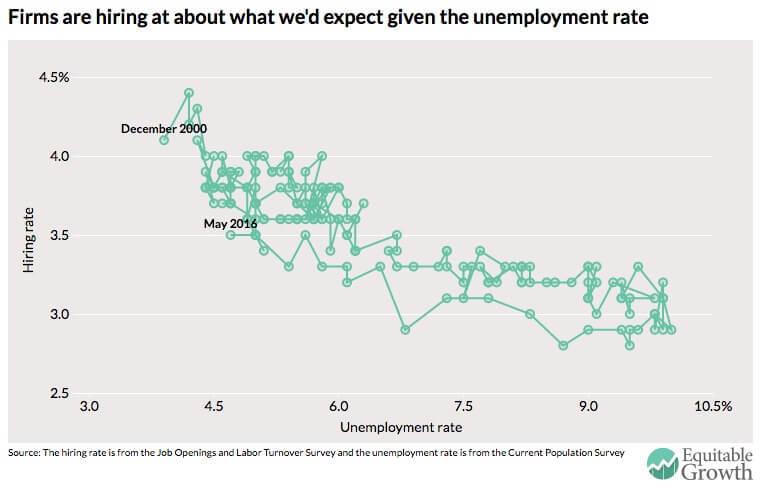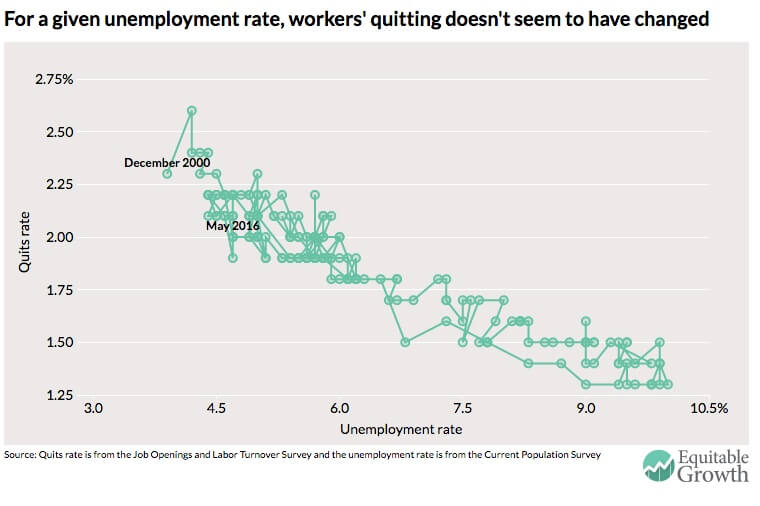
Looking just at its face value, paying back a home mortgage in the United States can seem like an impossible task. Most mortgages are 30-year loans, with payments spread over decades. This makes sense, though, because a home is a durable long-term investment. A college degree is also a long-term investment for an individual, but, in contrast, the typical student loan repayment period is 10 years. Such a short payback period amid dramatically rising student loan debt in the United States means higher loan burdens for borrowers. Giving borrowers more time to repay loans would help not only individual borrowers but also boost overall demand in the U.S. economy.
In a column for the New York Times, University of Michigan economist Susan Dynarksi describes the experience of several high-income countries with student loan repayments. Compared to other countries, the typical repayment period in the United States is very short. According to Dynarski, periods in other countries range from 20 years in Germany to up to 30 years in the United Kingdom. In Sweden, where students borrow amounts close to U.S. students, the repayments are spread over 25 years. (Tuition is free in Sweden, but students still need to borrow to cover living expenses.) So individual payments are much lower.
Given the extent of the student debt burden in the United States, stretching out payments over time could reduce the crush of today’s burden and potentially stem the rise in defaults as well.
Dynarski also highlights the Australian system, which makes student loans that are less debt-like and more flexible. In Australia, repayment for loans is done through automatic withholding like the tax system. This means not only that payments are automatic but also that the government knows exactly how much a borrower is earning. This is important because the student loan system doesn’t require repayment if earnings are under a set amount, about $40,000.
The result is a much more flexible system in Australia than in the United States. If college-educated workers with student debt are not seeing the returns from their investment, then they don’t have to pay it back until their earn more than that threshold. A shift to such a system would probably reduce defaults quite a bit in the United States as defaults are concentrated among borrowers with low balances and low earnings.
There’s also a potential macroeconomic upside to such a proposal. In Australia, when a recession hits and many workers are thrown out of a job, those newly unemployed workers don’t have to worry about making their loan payments. Their balance sheets are temporarily less burdened and so they have more cash in their pocket to continue spending in the economy. Less default and less of a downturn in consumer spending results in a somewhat stronger recovery for the overall economy, enabling more workers to return to work sooner and resume repayments on their student loans. Such a temporary reprieve would seem like a win for a large chunk of the U.S. population.





